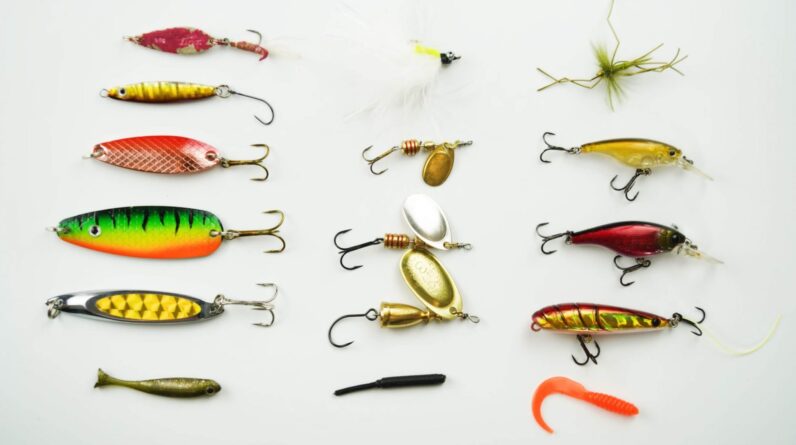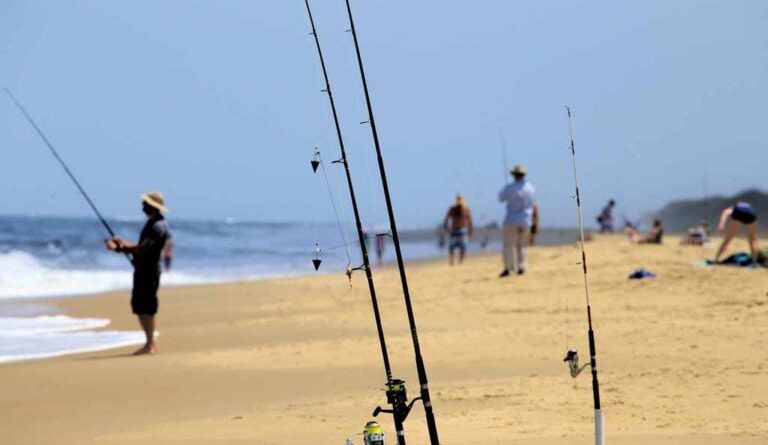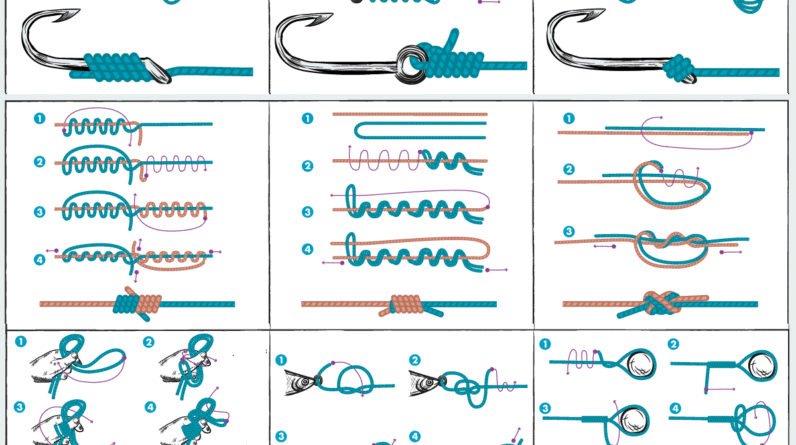Surf fishing, with its refreshing blend of salt air and crashing waves, presents anglers with a unique challenge and an opportunity to reel in a diverse array of oceanic treasures. From understanding coastal dynamics to selecting the right gear and best fishing techniques, this ultimate guide will navigate you through the exhilarating world of surf fishing, ensuring you’re well-equipped to tackle the surf and land a prized catch.
Understanding Coastal Dynamics
- Reading the Waves: Surf fishing success begins with understanding the waves. Recognize the patterns of incoming and outgoing tides, as well as the influence of wind and currents. Fish are often more active during tidal changes.
- Identifying Sandbars and Troughs: Sandbars and troughs are common features along the shore. Fish tend to congregate in troughs, the deeper channels between sandbars, providing an excellent location for casting.
Essential Surf Fishing Gear
- Choosing the Right Rod and Reel Combo: Opt for a sturdy surfcasting rod paired with a saltwater-resistant reel. The length of the rod contributes to longer casting distances, while the reel should have a robust drag system.
- Selecting the Proper Fishing Line: Use a strong and abrasion-resistant fishing line, typically monofilament or braided. Higher pound-test lines are suitable for handling larger fish, which is common in surf fishing.
- Picking the Right Bait and Lures: Natural baits like sand fleas, clams, and shrimp are effective choices. Artificial lures such as spoons and plugs can also attract predatory fish. Tailor your bait selection to the target species.
Mastering Casting Techniques
- Overhead Cast: A basic yet essential cast, the overhead cast involves swinging the rod overhead and releasing the line at the right moment. Practice this technique for accuracy and distance.
- Sidearm Cast: Useful for lower clearance areas, the sidearm cast involves casting horizontally, parallel to the water. Mastering this technique is valuable for avoiding obstacles.
- Surfcasting Techniques: Learn the art of surfcasting, which involves casting beyond the breaking waves to reach deeper waters where fish often feed. This skill requires timing and practice.
Surf Fishing Safety Tips
- Awareness of the Environment: Stay vigilant and be aware of changing tide levels. Avoid fishing too close to the water’s edge to prevent unexpected surges. Always keep an eye on the changing weather conditions.
- Wearing Protective Gear: Use appropriate protective gear, including polarized sunglasses to reduce glare, sturdy footwear, and clothing that shields you from the sun. Apply sunscreen generously.
Strategies for Different Species
- Striped Bass Fishing: Targeting striped bass is a popular pursuit in surf fishing. Use live or cut bait, such as bunker or clams, and focus your efforts during their migratory periods.
- Surfperch Fishing: Use natural baits like sand crabs or artificial lures for surfperch. Fish in troughs and near the shore during high tide for the best results.
Surf Fishing Etiquette
- Respecting Fellow Anglers: Maintain a respectful distance from other surf anglers to avoid interfering with their lines. Share the shoreline and be courteous, especially during crowded days.
- Leave No Trace: Dispose of your fishing debris properly and refrain from leaving any trash behind. Preserve the natural beauty of the beach for future anglers.
Conclusion
Surf fishing is a captivating blend of skill, patience, and understanding of the dynamic coastal environment. Armed with the right gear, knowledge of casting techniques, and an appreciation for safety, you can immerse yourself in the thrill of surf fishing. For a wide range of quality fishing gear and expert advice, explore cheerfulfisherman.com.






